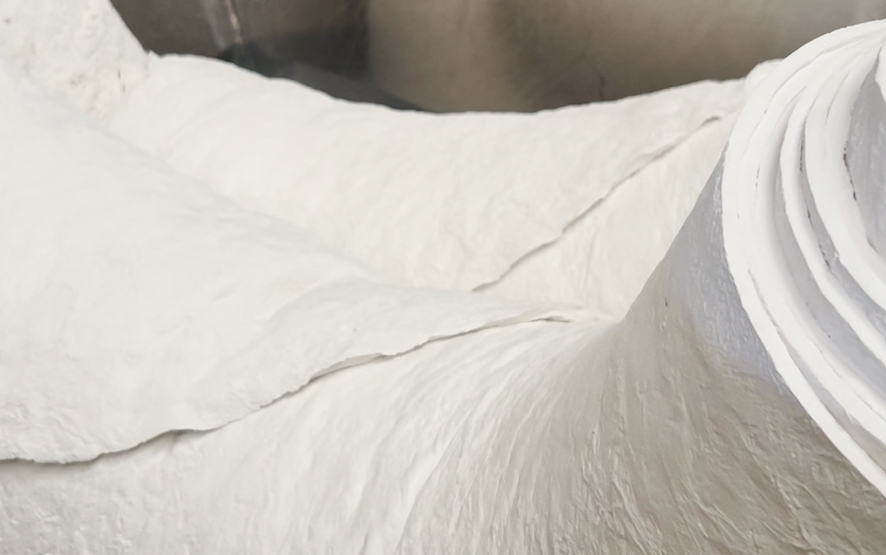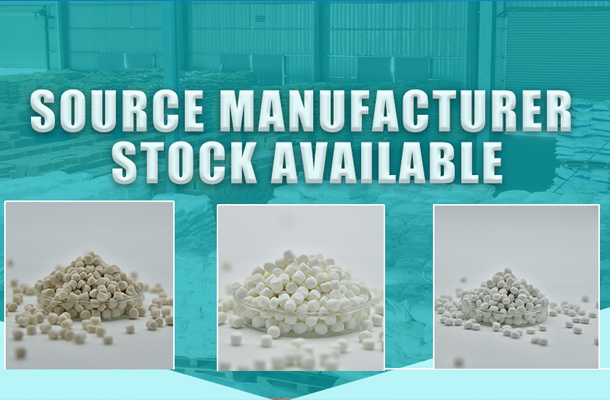The differences between rubber foam and EVA (Ethylene-Vinyl Acetate) foam can be outlined in terms of their basics, advantages, and application areas:
Basics
Rubber Foam: This process involves natural rubber or synthetic rubber as the base material, mixed with specific foaming agents and other additives. Through thermal molding, a foam structure is formed. It often employs injection molding techniques for cost-effectiveness and simplicity.
EVA Foam: Derived from the copolymer of ethylene and vinyl acetate, EVA foam undergoes a foaming process where the material, typically solid at room temperature, becomes a viscous liquid when heated, forming a porous structure once cooled.
Advantages
Rubber Foam: Its advantages include cost-effectiveness, simple manufacturing processes, and less labor-intensive production. Rubber foam products excel in applications requiring softness, such as insole materials, anti-slip mats, and cushion pads.
EVA Foam: Known for its eco-friendliness, non-absorbency, excellent shock absorption, buffering, insulation, and corrosion resistance, EVA foam finds broader application due to its superior overall performance. It's widely used in medical equipment, electronics, construction, luggage, footwear, among others.
Application Areas
Rubber Foam: Primarily used for products demanding high flexibility, e.g., shoe insoles, anti-slip mats, and vibration damping pads.
EVA Foam: Encompasses not only the applications of rubber foam but extends further into high-performance and technologically advanced sectors requiring lightweight, durable, and environmentally friendly solutions. Examples include midsoles in premium sports shoes, insulation in cold and heat equipment, packaging materials, and various industrial products emphasizing these qualities.








